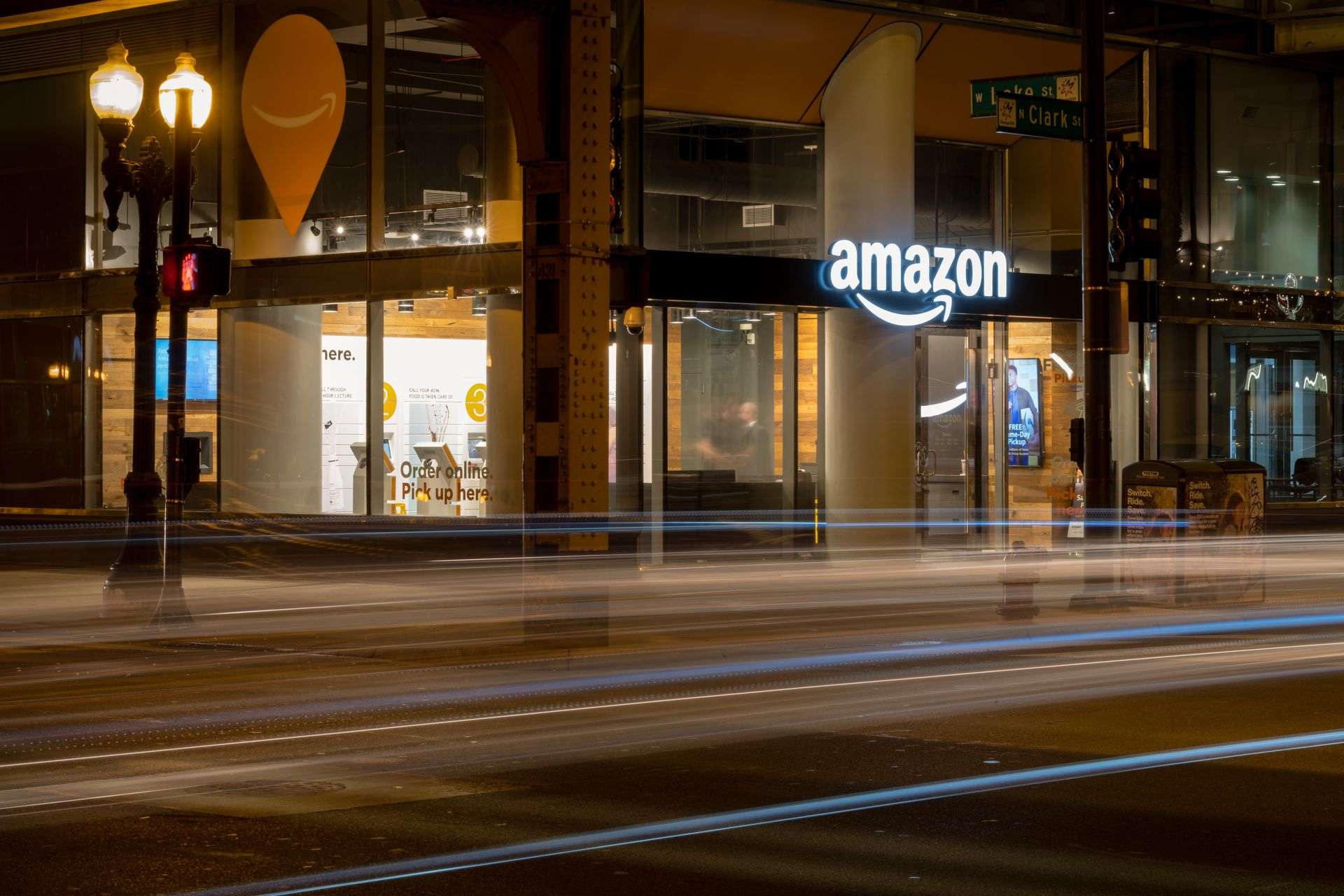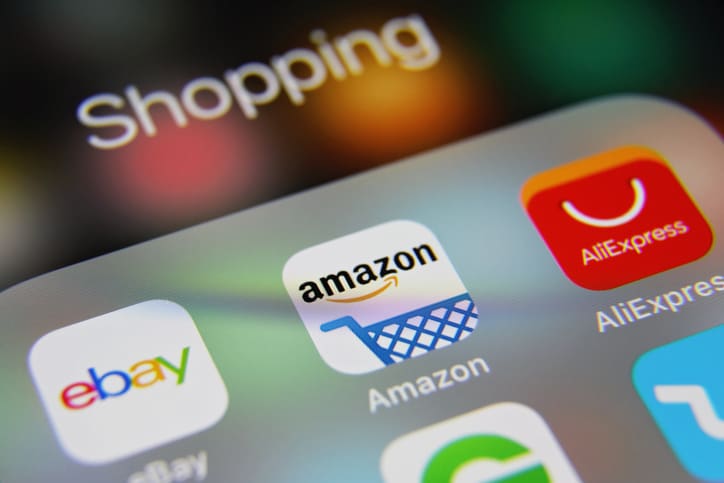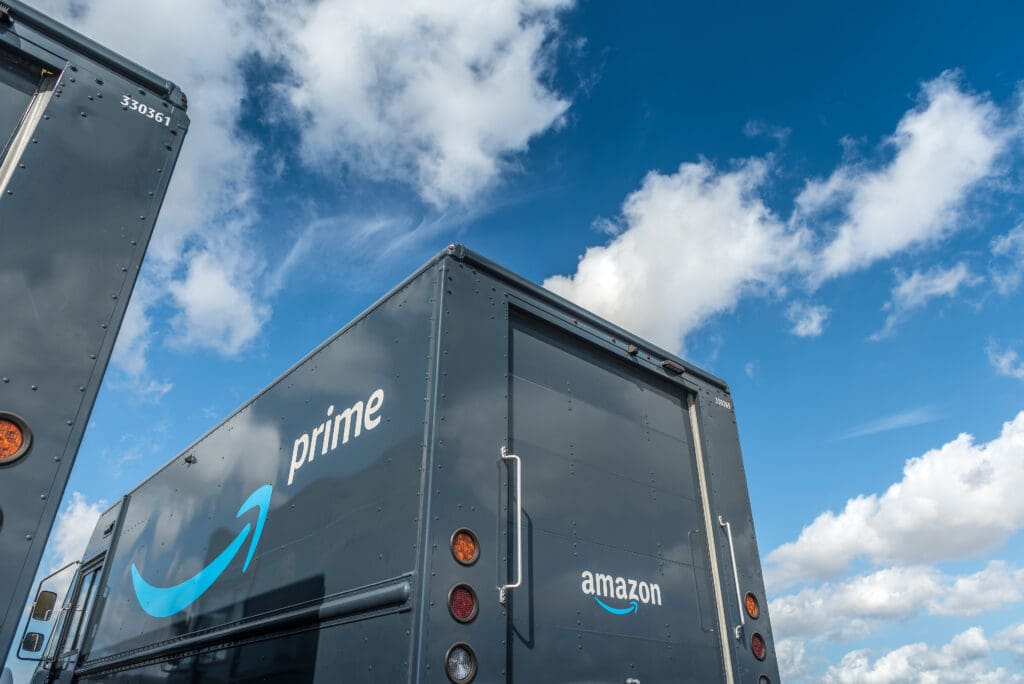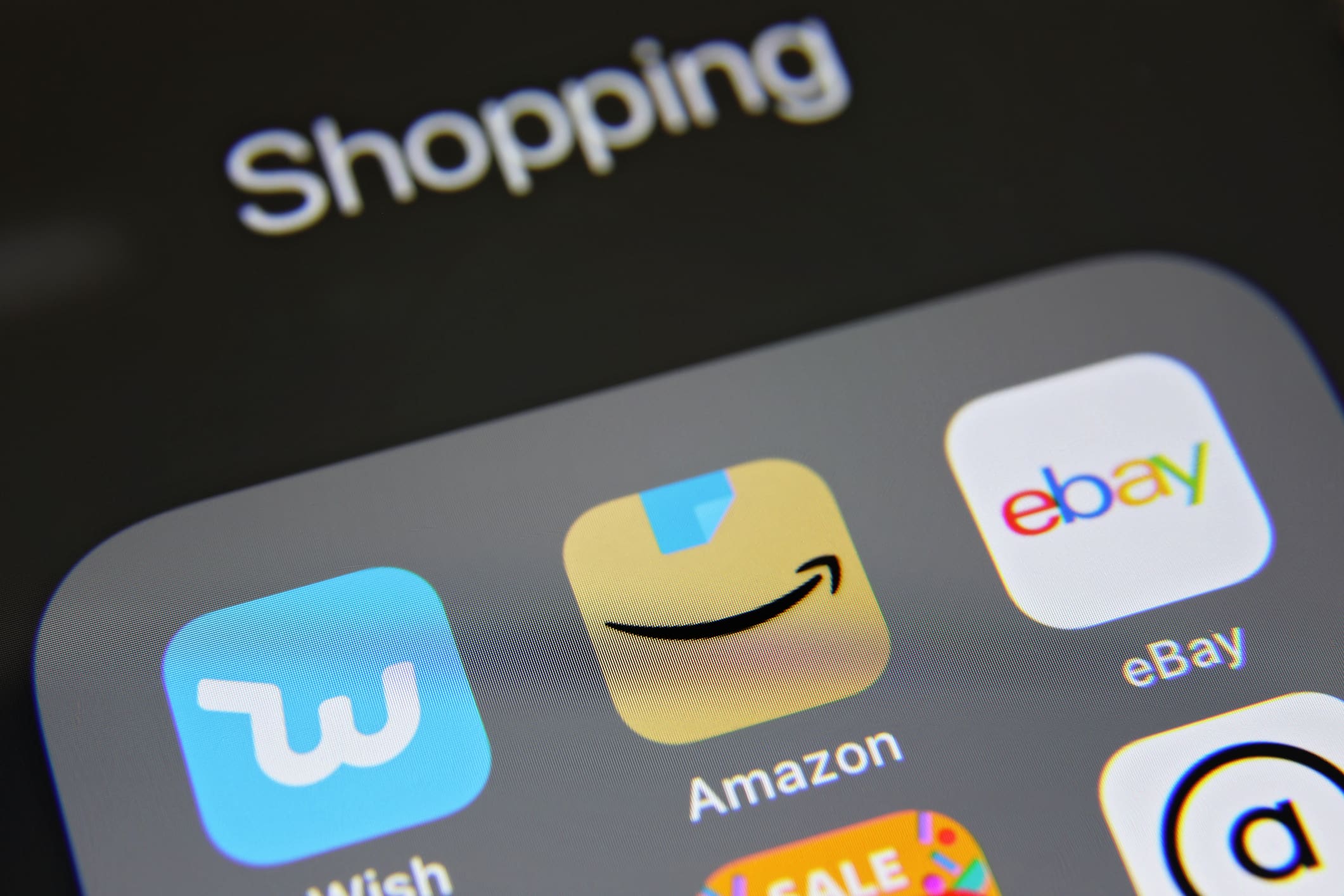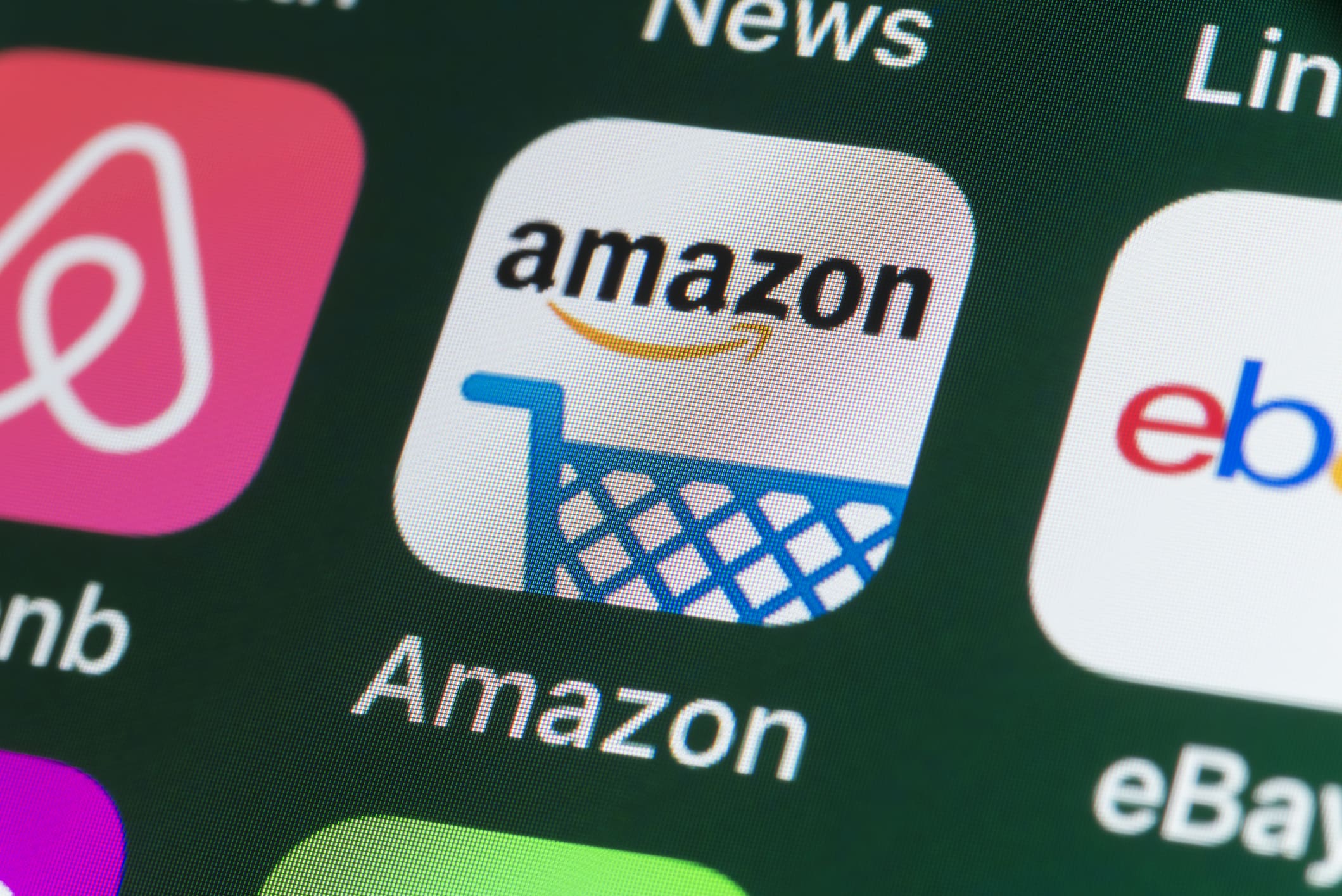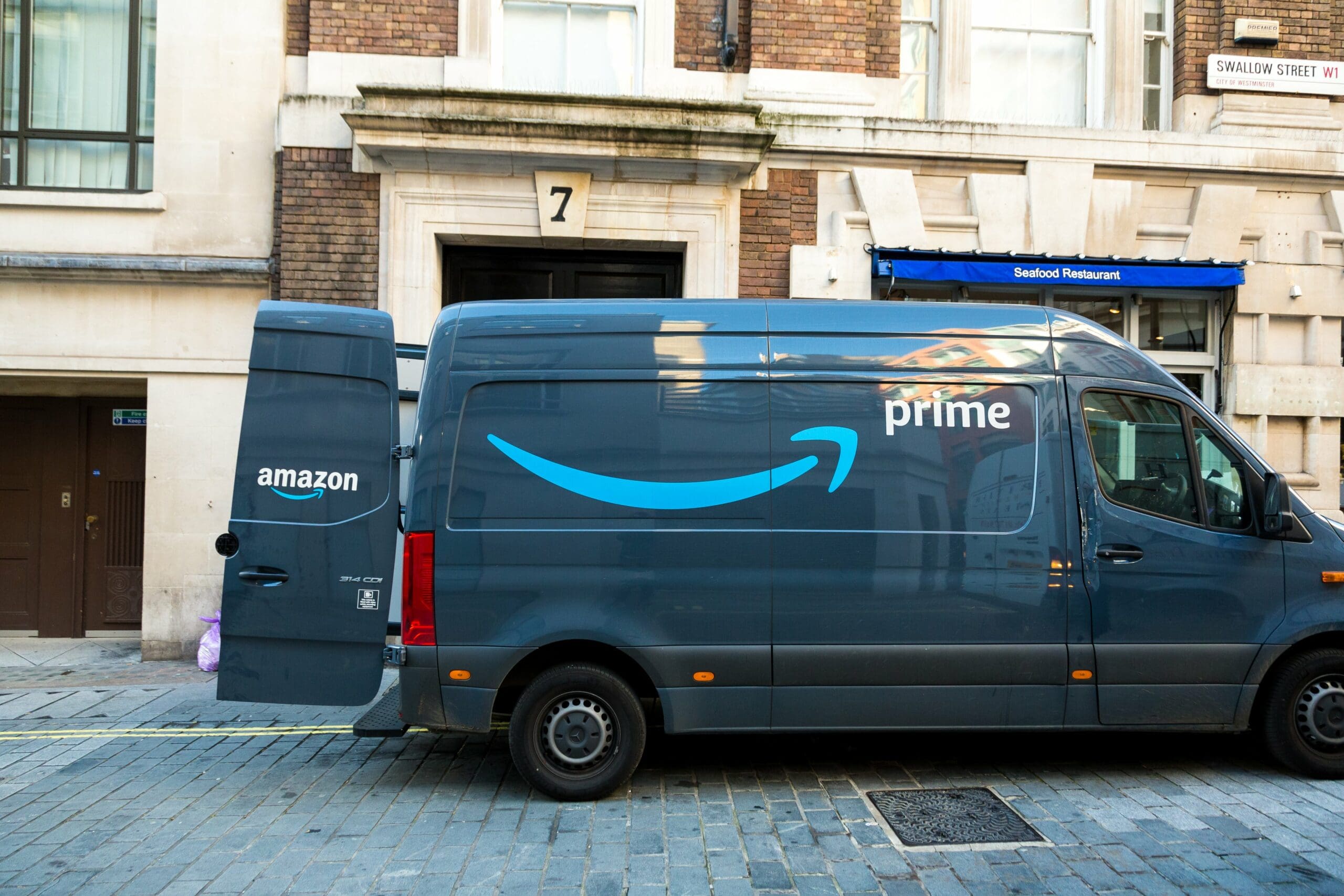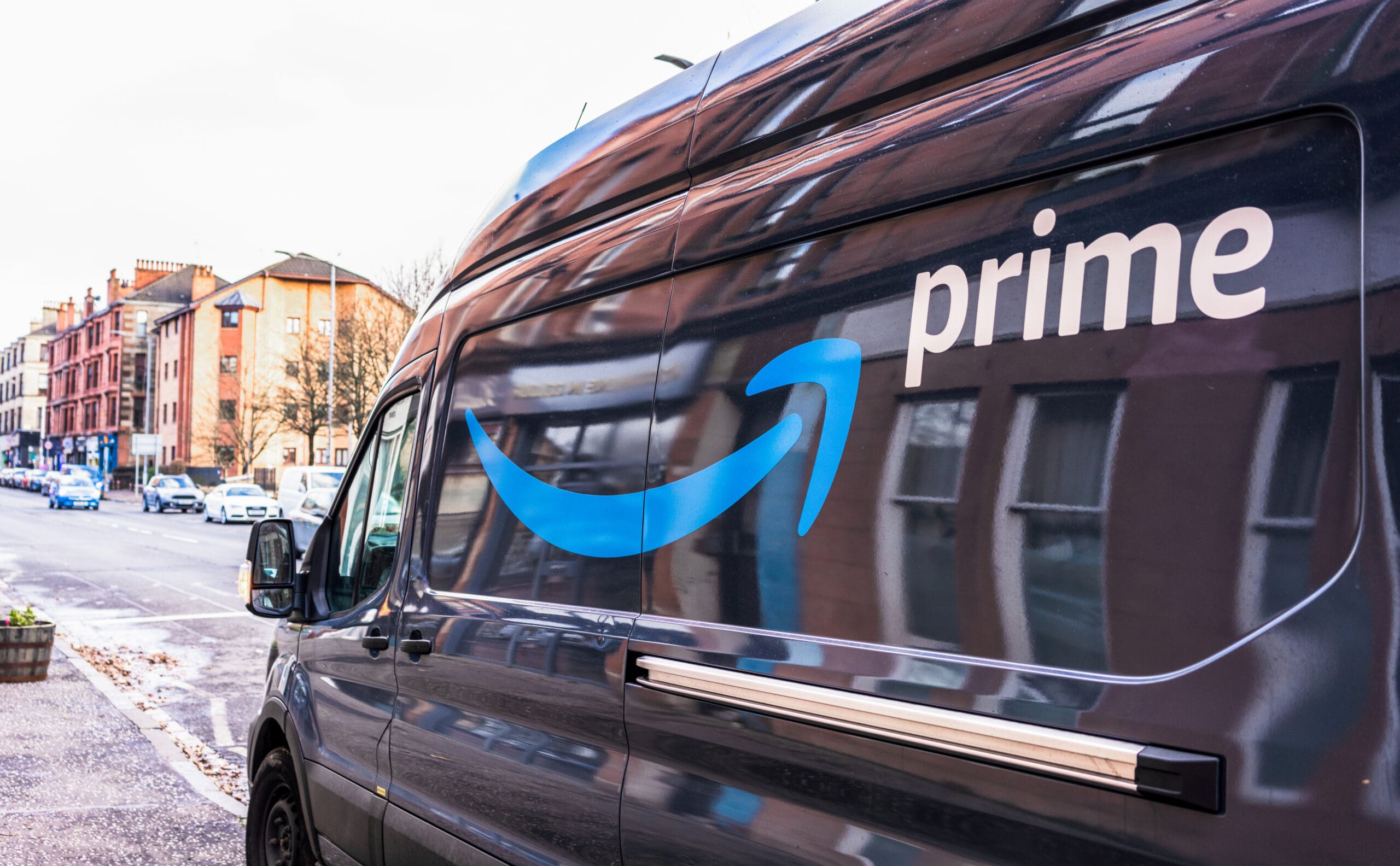Sourcing products for your Amazon store can be complicated. Not a lot of consumers understand the amount of time and effort that goes into finding a profitable product to sell on Amazon and developing a strategy to source a particular product reliably and sustainably. In this article, we will walk you through the ins and outs of finding profitable products and choosing the right suppliers. While we understand that each Amazon seller is different, the trick is finding a technique that best fits your business’s unique needs.
What is Amazon Product Sourcing?
Amazon product sourcing is the process of finding the items you would like to sell on Amazon. Sounds simple enough? Well, not exactly. Selling on Amazon usually involves researching the best products to sell, developing a strategy to source those products, and nurturing a relationship with your potential supplier(s) to keep your inventory in tip-top shape.
While it seems complicated, Amazon product sourcing is a pretty straightforward process. It’s just easy to get overwhelmed by the number of factors to consider. But before we get into detail, let us first give you some tips on finding the most profitable products for your Amazon store.
Finding the Most Profitable Products: Quick Tips
If you’re just starting out, one of the biggest decisions you will have to make is deciding on a product to sell. Many new sellers underestimate the difficulty of finding the “perfect product” to sell on Amazon. Fortunately for you, we did the heavy lifting and came up with five important questions to ask yourself before making a decision. Check them out below!
Have you done your market research?
The main purpose of market research is to give you an insight into new market opportunities for existing and new products. Many successful businesses conduct regular market research to better understand their customers and to keep ahead of the competition. When sourcing Amazon products, it’s important to take a look at the current most profitable products as well as keep tabs on market trends. Having a greater understanding of your business and your chosen industry allows you to create better sourcing strategies going forward.
Is there demand for your product?
Before opening your Amazon online store, you should first determine if there’s enough demand for your product. Figuring out product demand is one of the most challenging aspects of running a small business. It determines how much a customer is willing to pay for your product and dictates the amount of inventory you should hold at any given time.
Can you easily source your product?
Sourcing inventory for Amazon can be overwhelming, to say the least. Should you source locally? Should you source your products from overseas? Factors such as cost, supply chain stability, and logistics all play a role in running your online store. Make sure to find a supplier that has the capability to support your business as you grow.
What’s the competition like?
Analyzing your competition gives you a better understanding of the market as well as your business’ standing in the marketplace. This is a strategy that all businesses use to gather information about their competitors’ operations in comparison to their own. A thorough competitive analysis requires extensive planning, research, and an honest evaluation of your business. In doing so, you will be able to find gaps in the marketplace and pounce when an opportunity presents itself.
Is your product profitable?
As with any product-based business, good profit margins should be a must to keep your business afloat. Profit margins showcase a business’s long-term profitability and serve as an indicator of a company’s financial health and growth potential.
Now that you have decided on a product to sell, it’s time to familiarize yourself with the various factors to consider when sourcing inventory for Amazon.
Amazon Product Sourcing: What You Need to Know
As the business landscape becomes increasingly complex and congested, the need for reputable and reliable suppliers is important now more than ever. After all, sourcing is more than just finding a supplier, it’s about finding a partner that you could trust and build a long-term business relationship. Before sourcing inventory for Amazon, here are some key considerations:
- Finding a reputable supplier. A key consideration when finding a supplier is reputability. Your supplier plays an important role at every stage of your business operation. From sourcing raw materials to the production of goods, a reliable supplier consistently delivers quality products at the required time.
- Product testing. As a business owner, it is only imperative for you to ensure that your products meet the highest quality standards while adhering to the regulations set by Amazon. Before allowing any product to be listed on your Amazon store, Amazon sellers must test each product to avoid safety and quality issues.
- Take note of Amazon regulations. As a seller, you must review Amazon’s seller policies including all applicable laws and regulations concerning your product. For reference, you can review Amazon’s general program policies here and restricted products here.
- Costs and fees. Shipping costs, service fees, and other relevant taxes and duties all affect a product’s profitability. Take note of all the associated costs and fees and balance them against your product’s final selling price.
- Consider Using Fulfillment by Amazon (FBA). According to the official Amazon website, FBA is the process of storing a business’s products in Amazon’s fulfillment centers. Amazon then picks, packs, ships, and provides customer service for your products. Amazon’s FBA program enables businesses to scale quickly without the need for new investments in capital or staffing.
Top Inventory Sourcing Options for Amazon
Retail Arbitrage
Retail arbitrage simply means purchasing discounted products from a brick-and-mortar retailer and reselling them at a higher price on Amazon. One of the main advantages of using retail arbitrage as your sourcing method is that it does not require an absurd amount of startup capital. You can start doing retail arbitrage for as low as $150. However, retail arbitrage involves a lot of hard work. This type of sourcing method involves an extremely hands-on approach to take advantage of the best discounts available at any given time.
Pros of retail arbitrage:
- Low upfront costs
- Source cheap products and sell them at a higher margin
- Can serve as a gateway to private labeling
Cons of retail arbitrage:
- You do not have ownership of the product you are selling
- You are limited by discounted inventory and deals available at any given time
- Profit margins can be quite slim
Private Labeling
Private labeling is the practice of sourcing a product from a third-party manufacturer and then selling it under an Amazon seller’s brand. What sets private labeling apart from other sourcing methods is that retailers have complete control of a product’s ingredients, design, and specifications. As a result, businesses have complete control over the branding, quality, and pricing of a product.
Pros of private labeling:
- Build a loyal customer base
- Retain control of quality
- Better adaptability based on market demand
Cons of private labeling:
- High dependency on your manufacturer
- Expect tough competition
- Higher startup costs
Dropshipping
Dropshipping is a business model that allows businesses to fulfill customer demand without having to carry inventory or ship goods. Essentially, businesses act as a middleman by receiving customer orders and then passing those sales orders to a third-party supplier. The supplier then takes care of shipping the product to the customer, eliminating the need to store products in your own storage facility.
Pros of dropshipping:
- Low startup costs
- Offer more products with little risk
- Inventory is easier to manage
Cons of dropshipping:
- Dropshipping may present smaller profit margins
- Delivery times can be slow
- Zero quality control
Online Arbitrage
Another sourcing method you can use when sourcing Amazon products is online arbitrage. Online arbitrage, much like retail arbitrage, is a sourcing method that involves businesses buying products on online marketplaces and flipping them for a profit. The great thing about online arbitrage is that you can do it from just about anywhere as long as you have a stable internet connection.
Pros of online arbitrage:
- Low startup costs
- Order higher quantities of discounted products with little to no risk
- Easier to scale (since you’re not limited to a retail store’s stock)
Cons of online arbitrage:
- Profit margins can be quite slim
- An overwhelming number of suppliers to check out
- Online product listings may not be accurate
How to Finance Your Amazon Inventory Expenses
For your Amazon business to grow, you first need to raise enough capital to hit the ground running. Fortunately, sourcing inventory for Amazon, depending on the method you choose, doesn’t have to involve an absurd amount of startup capital. Some of the financing options you can consider are microloans, short-term loans, lines of credit, credit cards, and inventory crowdfunding.
- Microloans – Microloans, such as those offered by the U.S. Small Business Administration, can help establish your Amazon business and help you with expansion projects. Microloans can be used as general working capital as well as for purchasing inventory, supplies, furniture, and machinery.
- Short-term loans – Short-term loans are often offered by traditional financial institutions as well as online lenders. As the name suggests, short-term loans can be acquired with little to no collateral. However, the catch is that you would have to repay your loan in a year or less. Short-term loans may also have higher interest rates compared to other types of loans.
- Lines of credit – A line of credit is a flexible loan provided by a financial institution that enables businesses to access a revolving line as needed. Businesses can either repay the amount they have borrowed immediately or over time.
- Credit cards – Using credit cards is another way to source inventory for Amazon. Credit cards often have cashback rewards that businesses can take advantage of as long as they pay their balance in full and on time.
- Marketplace – Amazon sellers can also make use of crowdfunding as a way to purchase their initial inventory. This method of raising capital involves the collective effort of family, friends, and individual backers online. If you’re looking for an inventory financing method that makes use of crowdfunding, explore Kickfurther.
Kickfurther is the world’s first online inventory financing platform that enables companies to access funds that they are unable to acquire through traditional sources. We connect brands to a community of eager buyers who help fund the inventory on consignment and give brands the flexibility to pay that back as they receive cash from their sales. This alleviates the cash-flow pinch that lenders can cause without customized repayment schedules allowing your brand to scale quickly without impeding your ability to maintain inventory.
Final Thoughts
At the end of the day, sourcing strategies are just that: strategies. The success of your Amazon business is entirely dependent on how well-prepared you are and how quick you are to adapt to changes in the modern world. After all, nothing good ever comes easy, right?

